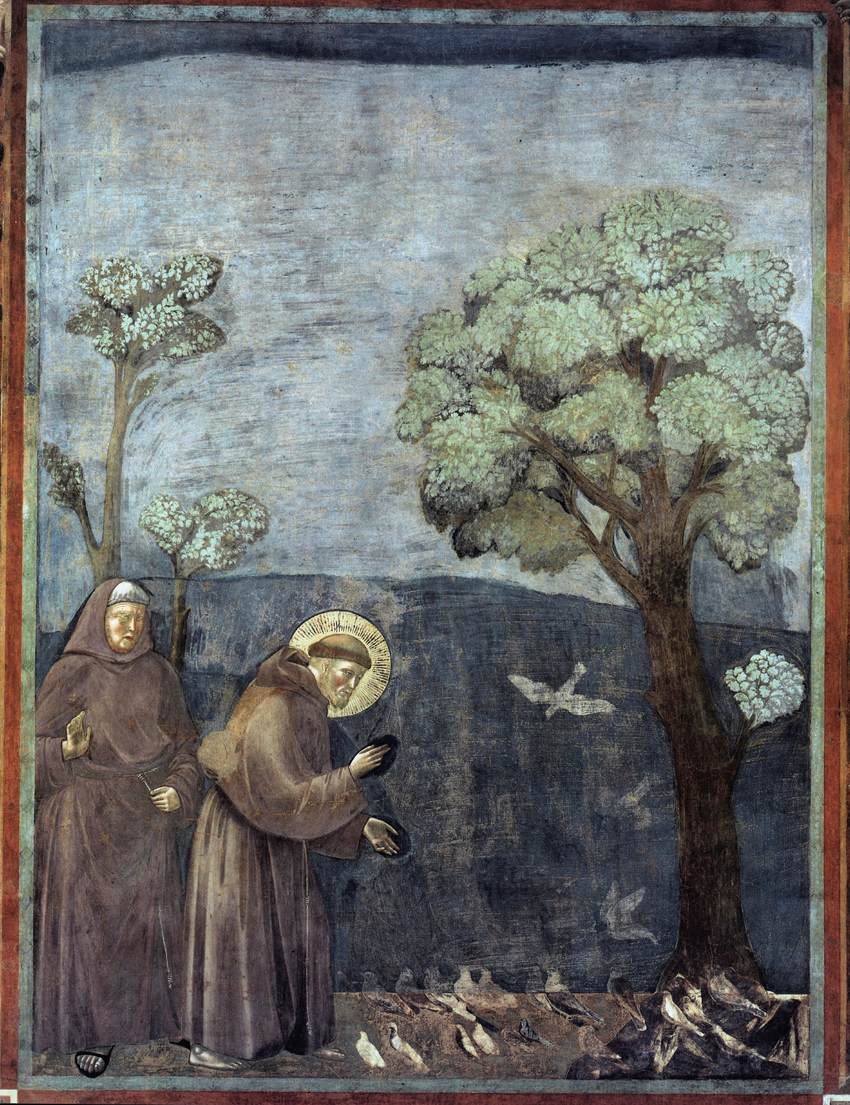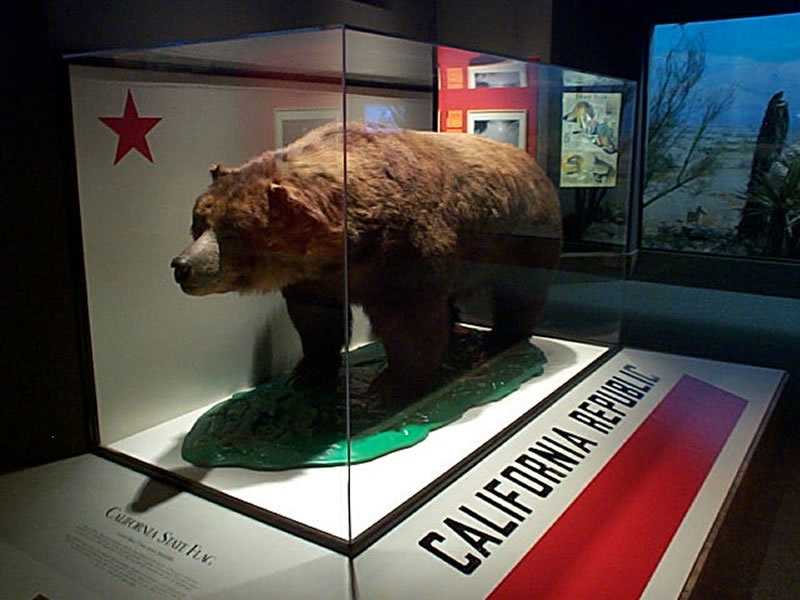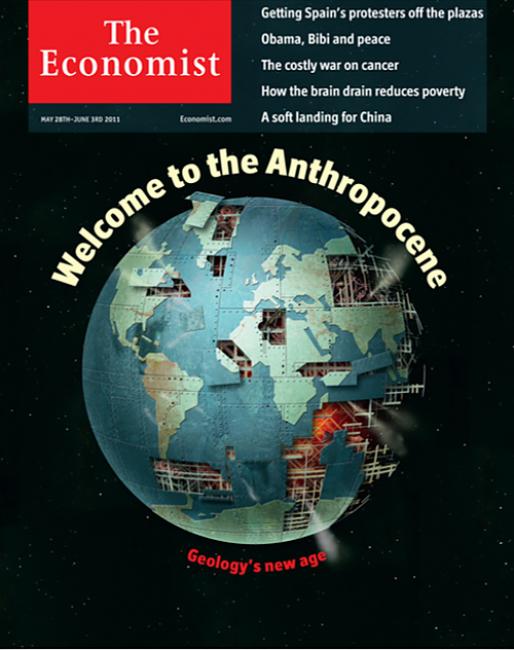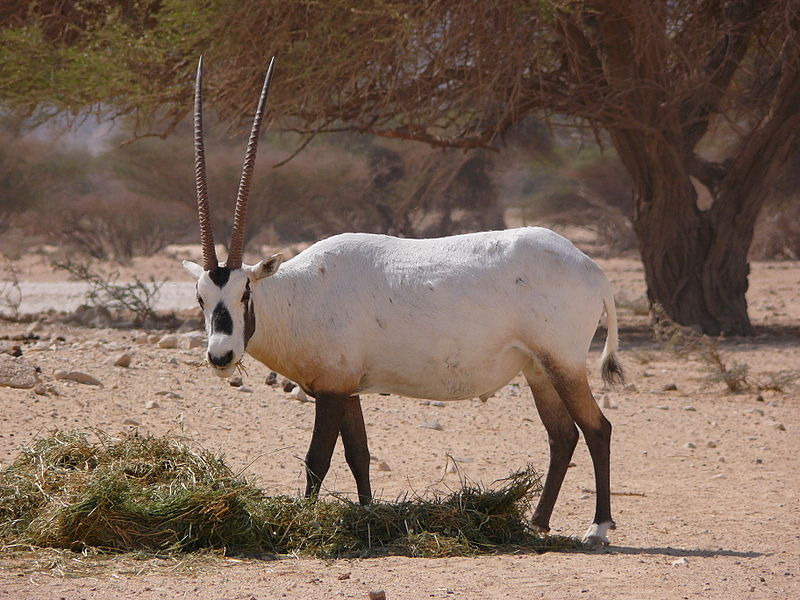
Where no reintroduction has gone before
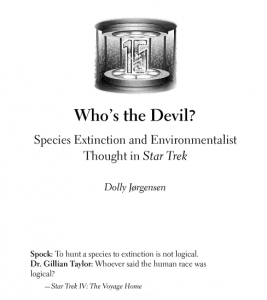
Hot off the press! I have just published an article “Who’s the devil? Species extinction and environmentalist thought in Star Trek” in Star Trek and History, ed. Nancy Reagin, a part of the Wiley Pop Culture and History series. My article looks at species extinction as an evolving complex problem over the course of the series’ history.
I begin with the original Star Trek television show of the 1960s with a look at two episodes, “The Man Trap” and “Devil in the Dark.” Both of these stories deal with how to interact with a creature which is the last of its kind, yet poses a threat to humans. I set the context of the television show in a growing environmental movement which stressed the need to save species from extinction, yet there was a tension between species extinction and human needs.
I then move on to an analysis of the movie, Star Trek IV: The Voyage Home. I argue that in the 1980s, the rising rate of species extinction coupled with our knowledge gaps about the roles of species in the web of life created the sense of ecological crisis. Environmentalists around the world began to concentrate on so-called charismatic species, such as whales, because attractive and compelling species could motivate large membership in conservationist groups. These trends were brought together in this now-classic movie about whales and the fate of humankind.
The third section brings us to The Next Generation and the 1990s. I argue that the prevailing sentiment of the early 1990s was that humans needed to take active roles in conservation, including relocating individual animals to preserve the species under threat. The episode “New Ground” features a subplot about the translocation of the endangered lizard-like Corvan gilvo from their home planet’s rainforests which are threatened with industrial pollution to the protected planet of Brentalia. Only 14 gilvos remain, so a pair of the gilvos are being taken by the Enterprise crew to their new home in hopes of saving the species. If we replaced Corvan gilvo with black rhino of Africa or the western swamp tortoise of Australia, the plot could be happening right now (minus the space travel part!).
What I found most interesting in writing this article was to realize the depths to which conservation discussions made it into the scripts of Star Trek. As environmentalist thought changed with the times, so did environmentalist issues in the various incarnations of Star Trek. It goes to show how close science fiction is to science.
Of course, species extinction as a problem didn’t stop in the 1990s when my analysis of Star Trek did. We continue to struggle with the rapid loss of species across our planet. I’ve started reading the blog Extinction Countdown, which I find both fascinating and depressing as it chronicles species that might or might not be around much longer. Reading it makes me think of Spock’s bewildered comment “To hunt a species to extinction is not logical” when he heard about the plight of the whales — and Dr. Taylor’s answer: “Whoever said the human race is logical?”

